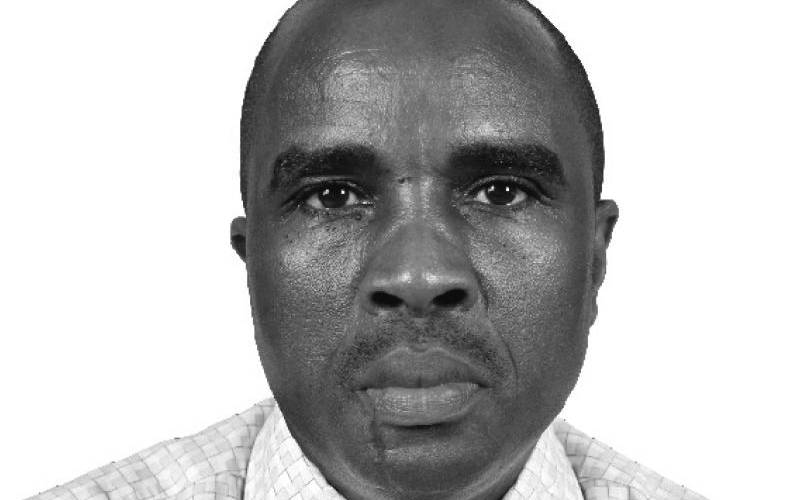×
The Standard e-Paper
Home To Bold Columnists

This week’s five-hour sojourn by Deputy President William Ruto at the Wilson Airport culminating in his being refused to fly out to Uganda made me reflect on how the Kenyatta Two succession is eerily similar to the Kenyatta One succession more than four decades ago.